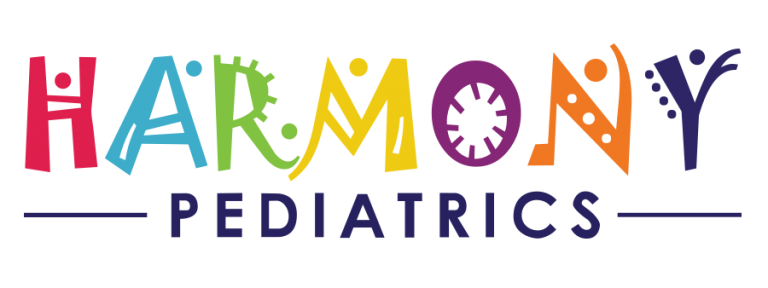One of the things many parents don’t consider early in their journey is how their parenting style will change as their child becomes older. While many of us anticipate the basics — changing diapers, buying school supplies, expanding their wardrobe annually, etc. — it helps to be prepared for the developmental milestones our child will undergo, as well.
We must understand that each child will inevitably reach a developmental stage where common characteristics will manifest themselves. Many of these changes are subtle and difficult to catch, but certain behaviors stick out more than others and need to be taken seriously. Moreover, these characteristics and mannerisms allow professionals to understand if your child has developmental issues that need addressing.
If your young one is entering school for the first time, or you want to know what’s to come in the subsequent years, here’s what to look for in your child’s behavior.
6 to 7-Years Old
What a beautiful moment in your child’s life! At this stage, your pediatrician will want to see signs that your child understands basic concepts. Tasks such as drawing, painting, crafting and expressing their creative side are positive developmental milestones for this age bracket.
More importantly, this is when your child will learn about building their abilities through practice and repetition. As your child hones their skillset, this spills into other areas of their life, such as studying to achieve better grades, becoming a well-rounded athlete and being a good friend.
This period in a child’s life is also when the physical nature of their body expands and evolves rapidly. Occurrences like losing a tooth for the first time, improving their motor skills, keen eyesight and elevated endurance levels are signs that your child is growing normally.
8 to 9-Years Old
For newfound parents, the day their child becomes somewhat independent is when they can relax for a moment and admire their young one from afar. Although the duties of a parent are never fully complete, the ages of 8 and 9 are when your child should start performing tasks by themselves.
These behaviors can vary between each child, but the ability to comb their hair without your guidance, pick out clothes for the day, brush their teeth unassisted, tie their shoes and perform grooming habits are commonplace. Around this age is when children begin understanding the role of self-preservation and positive habits that lead to a better tomorrow.
In conjunction with independent behavior is their ability to grasp mildly-complex mechanisms and tools. If your child can operate a phone, understand the plotline in a video game, use a tool or interact with technology around the home with efficiency, they’re on the right track. Before you know it, they’re going to be the CEO of Apple! Ok, maybe not, but you get the picture!
10 to 11-Years Old
At this pivotal moment, your child’s body and behavior are going to change rapidly. This period is also when their baby teeth have fallen out, and their adult set has started to move in. With their increasing appetite and never-ending food cravings, it’s a good thing they have strong teeth to get the job done!
Parents will also notice their young ones becoming somewhat detached from the parent-and-child interactions that used to occur daily. Around this age is when children form deep relationships with their classmates and participants involved in their after-school activities. If you see this happening, don’t fight it. The ability to interact with others and form bonds is essential for your child’s future.
12 and Beyond
At this point, your child should be sailing into their pre-puberty and teenage years! We won’t beat around the bush: this transition may be somewhat challenging for both newfound and seasoned parents, but with great struggle comes great reward! If you’re having difficulty understanding their developmental milestones at this age, here’s what to look for:
- Growth spurts
- Seemingly never-ending appetite
- Sleeping longer than normal
- Establishing hand dominance
- Clumsy motorskills from growth spurts
- Improved hand-eye coordination
- Changes in clothing styles
- Hormone-induced mood swings
- Romantic interests
- Self-esteem issues
Remember: At this point, your child’s hormonal profile is adjusting itself to go through a rapid change. Knowing this, parents must prepare themselves for common side effects that are associated with the process.
Although seeing your child becoming emotional or having self-esteem issues in the classroom may worry you, realize it’s a normal process. And if you feel like you need an outside opinion to understand what’s going on, don’t be afraid to reach out to your pediatrician! These individuals will put your mind at ease and monitor your child’s developmental milestones for peculiar abnormalities.
See our articles on boys and girls during puberty, for more in depth information about these developmental stages.
Hope for the Future
As you can see, the flow of life for a school-aged child has many pivotal moments and obstacles that will shape their vision for the future. As parents, we should monitor these milestones to ensure that our child is growing and adapting to the world around them efficiently.
Should you notice any behavioral issues or developmental setbacks, don’t be afraid to reach out to your pediatrician. We are focused on helping each child achieve their full potential in health and life. With a little bit of preparation and positivity, parents can make the transition between school-aged years and teenage life easier to manage.

